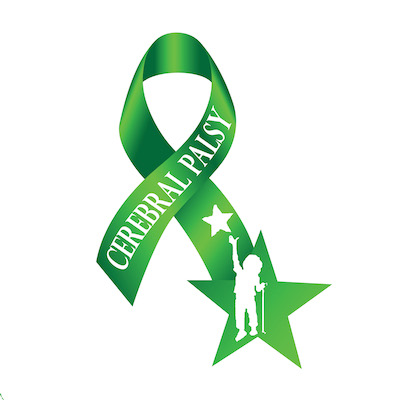What is SDR surgery for children with spastic CP and what can it do for my child?
Content from St. Louis Childrens Hospital— Recognized as one of the best children’s hospitals in the nation by U.S. News & World Report! See the full SDR brochure HERE!
Selective Dorsal Rhizotomy
A Surgical Program to Provide Better Mobility to Children with Cerebral Palsy Spasticity
A Life-Changing Procedure:
Many children with cerebral palsy have spasticity, which is stiffness in the muscles of their arms, legs and trunk. Spasticity in children can interfere with their range and speed of movement and their development of walking. In growing children, spasticity is particularly harmful because it inhibits some muscle growth, and it causes muscle contractures and permanent orthopedic deformities. Spasticity also damages muscles relentlessly and causes loss of the ability to walk in adulthood. That’s why it’s important to reduce or eliminate spasticity at an early age.
Hope for the Future
Spasticity in children with cerebral palsy is treated with physical therapy, bracing and orthopedic surgery for some children. Selective dorsal rhizotomy, a neurosurgical procedure, is an additional treatment option. The rhizotomy can reduce spasticity permanently and improve motor activities. When performed at an early age, the rhizotomy can reduce the number of orthopedic operations patients might otherwise require.
The stiffness of a muscle is called muscle tone. Normally, muscles must have enough tone to maintain posture or movement against the force of gravity, while at the same time provide flexibility and speed of movement. The command to be stiff, or increase muscle tone, goes to the spinal cord via nerves from the muscle itself. Since these nerves tell the spinal cord just how much tone the muscle has, they are called “sensory nerve fibers.” The command to be flexible or reduce muscle tone comes to the spinal cord from nerves in the brain. These two commands must be well coordinated in the spinal cord for muscles to work smoothly and easily while maintaining strength.
In a child with cerebral palsy, damage to the brain usually has occurred. For reasons that are still unclear, the brain damage that occurs in these newborns tends to be in the area of the brain that controls muscle tone and movement of the arms and legs. The brain of the child with cerebral palsy is therefore unable to influence the amount of flexibility a muscle should have. The command from the muscle itself dominates the spinal cord and, as a result, the muscle is too stiff, or “spastic.”
Currently, it is not possible to operate on nerves in the brain and correct the brain damage, but it is possible to operate on the sensory nerve fibers that come from the muscle. During rhizotomy each nerve root is divided into three to four nerve rootlets. By cutting some – but not all – of these rootlets, it is possible to reduce the message from the muscle to better balance the messages of flexibility (from the brain) with messages of stiffness (from the muscle). (See Figures 1 and 2 on next page). Once the muscle tone becomes more normal, it is easier for the child to move and gain motor skills like sitting, crawling, standing and walking.
Remember that increased muscle tone or spasticity is only one problem of movement in children with cerebral palsy. Reducing spasticity will make it easier for the child to move but does not eliminate weakness, abnormal movements or balance problems.
Benefits of Dorsal Rhizotomy
Dorsal rhizotomy reduces spasticity. The child will no longer feel so stiff; muscle tone will be more normal and movement will be easier. How much the child’s mobility improves after surgery depends on several factors:
The developmental level of the child before surgery.
If the child was walking with a walker or crutches before surgery, these functions will likely be regained soon after surgery. Many children – but not all – will then progress to walk independently. If the child was sitting alone and pulling up to stand (but not walking) prior to surgery, the child will most likely begin to walk with a walker within about three months after surgery.
You can submit a form to St. Louis Childrens Hospital to see if your little one is a SDR candiate!

